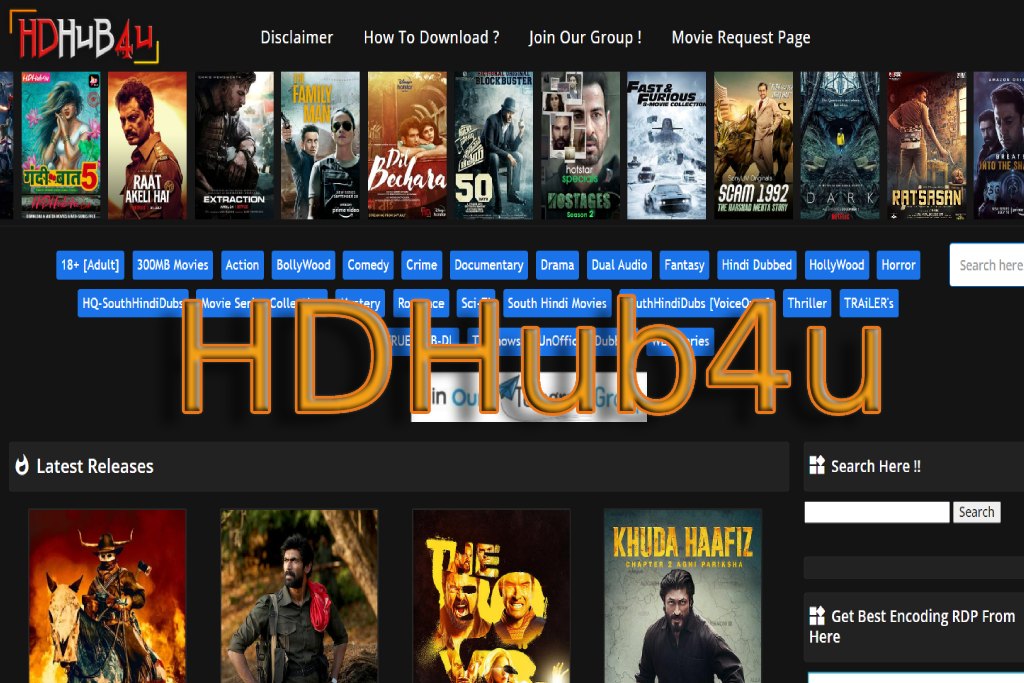How To Convert Between File Formats

Converting between file formats is a fairly common practice among computer users. Either for compatibility reasons or to adapt a file to a format with which we want to distribute, reproduce, or use it. Therefore, in this article, we are going to examine how conversion between different file types works.
Table of Contents
What Is A File Conversion?
The file conversion process involves transforming data from one file format to another. For example, you might need to convert a Word document to a PDF file or vice versa.
A file format refers to a standardized structure used to encode and store information in a file. Software programs are designed to read specific file formats. You can determine the type of file you are working with by looking at the small tag at the end of its name, for example, Docx, PDF, .odt, etc.
How File Conversion Works
The simplest analogy to understand file conversion is to compare it to language translation. Imagine you have a book written in English and French. Both books contain generally the same information, but the sentence structure is very different, making them incomprehensible to those who do not speak the respective language.
File conversion is similar to translating the book so that it can be understood by the recipient in their own language. However, it is important to note that direct translation, as is often the case with tools like Google Translate, often has problems. The result is a flawed, awkward, and embarrassing translation that loses much of the original meaning.
In the area of document format conversion, this can involve the loss of important metadata, non-functioning hyperlinks, changes to margins, fonts or styles, as well as other possible issues. Just as translation “experts” are needed for languages, experts are also needed in file conversion. That’s why most companies turn to professional file conversion software to translate their documents.
File conversion programs use a list of complex rules for translation, allowing them to minimize the loss of information or meaning and make the converted version of the file as faithful as possible to the original.
The Importance Of Conversion
Imagine that you receive a document that your software cannot open. This gives rise to what is known as a data bottleneck, that is when information becomes only accessible to those using a specific program or a specific codec. This implies severe limitations.
This is the fundamental reason why file conversion is crucial. It is an essential part of interoperability. You can’t be sure what software a colleague or potential client is using, so you need to make sure the type of file you share is accessible to them.
Document sharing plays a critical role in the daily operations of most organizations, and having the ability to convert and combine different types of files quickly and easily ensures that you can perform secure file transfers without inadvertently creating problems.
Also Read: All About File:///sdcard/ – A Comprehensive Guide
How To Avoid File Conversion Problems
Although file conversion is complex, the converter software or the converting functions of some programs make it easy for the user, but, despite that, we must also keep in mind some tips:
Choose the right conversion tool: There are numerous tools available online and specialized software for file conversion. Do your research and choose a reliable tool that is capable of handling the specific file formats you want to convert.
Know the source and destination file formats – Familiarize yourself with the source and destination file formats. Understand their features, limitations, and differences in terms of structure, metadata, support for special features, etc. This will help you make informed decisions during the conversion process.
Make backup copies of your original files – Before starting any file conversion, make sure to make backup copies of the original files. This way, if something goes wrong during the conversion, you will still have a safe copy of the original files without losing important information.
Check format compatibility – Make sure the destination format is compatible with the programs and devices you plan to use to access the converted file. Check the specifications and requirements of the target formats to avoid incompatibility issues.
Consider quality loss – Some file conversions may result in a loss of quality or functionality. For example, when compressing images or converting audio formats, quality loss may occur. Keep this in mind and evaluate whether the conversion is suitable for your specific needs.
Review the results: After converting, carefully check the resulting files. Make sure the structure, formatting, metadata, and any special features have been properly preserved. Correct any problems or errors you may find.
Maintain file name consistency: It is advisable to keep file names consistent and descriptive during conversion. This will make it easier to organize and find files in the future.
Remember that converting files can be a complex process, and there may be some limitations depending on the formats involved. If you have especially important or complicated files, consider seeking help from professionals or specialized file conversion services.
Finally, I would like to say that there are many paid and free conversion software for all platforms and that on the Internet, it is increasingly common to find online converters for different types of files just by doing a Google search. Therefore, today, converting one format into another is simple, and you can work with almost any format you can imagine.
Also Read: Creating An Effective Logo For Your Business: What To Watch Out For?






